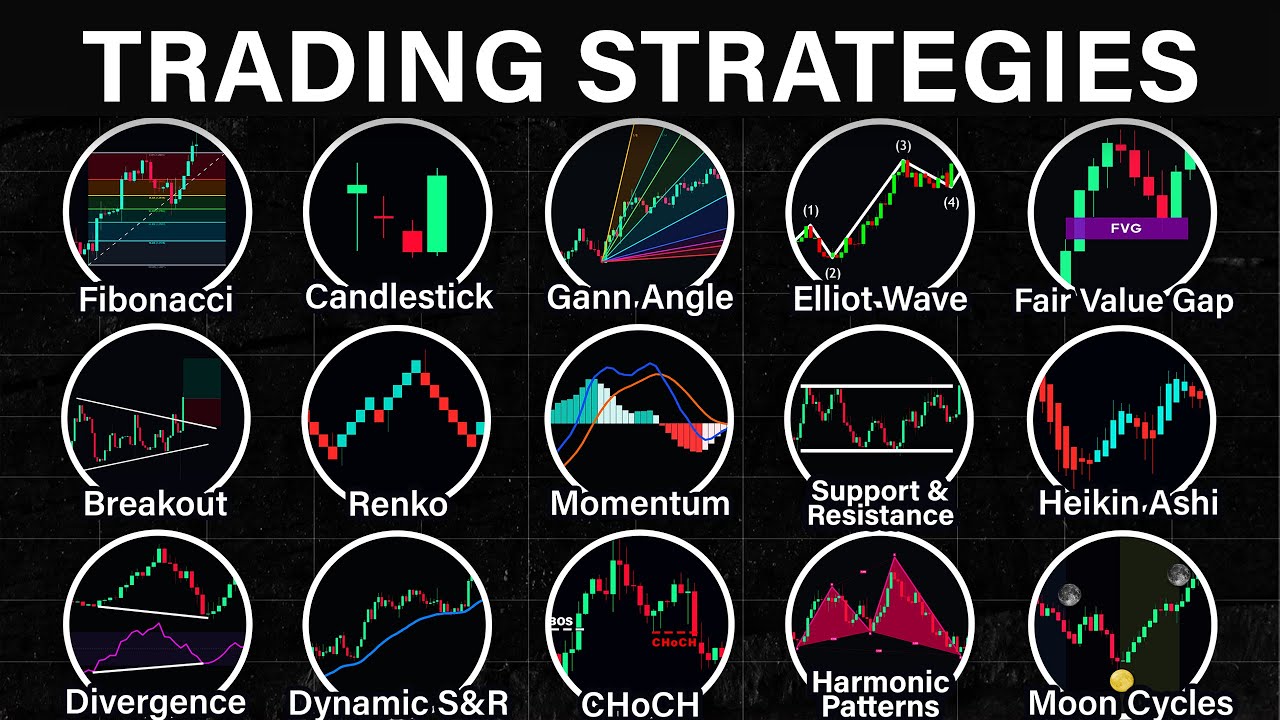Standard Deviation – How to Enter from the Bottom | ICT Concepts 2025
Summary
TLDRIn this video, the presenter explains how to use standard deviation as a tool to predict market movements, focusing on its role in identifying potential reversal points and entry zones. They walk through the concept of manipulation legs and how standard deviation can help traders pinpoint accumulation, distribution, and reaccumulation phases. The video emphasizes using standard deviation alongside other tools like PD Ray and order blocks to enhance trade accuracy. Real-life examples and applications across multiple timeframes are shared to demonstrate the power of standard deviation in refining trading strategies.
Takeaways
- 😀 Standard deviation is a tool used to predict how far a leg or price extension will move before reversing or accumulating.
- 😀 It is commonly used to identify manipulation legs in market structures, helping to determine where liquidity might be targeted.
- 😀 The main zones to watch for reversals are from 2 to 2.5 and from 4 to 4.5 standard deviations.
- 😀 These zones can be used for entry points, and if properly timed, they may allow for bottom-ticking in trades.
- 😀 Standard deviation can be paired with other tools like PD Ray or auto-blocks for enhanced accuracy in predicting market movements.
- 😀 The standard deviation can also be used for targets, allowing traders to forecast the direction and potential end points of a price move.
- 😀 This method works on multiple timeframes, from lower timeframes like the 3-minute chart to higher timeframes like the daily or weekly charts.
- 😀 A strong understanding of price action and zones of manipulation is essential for correctly using standard deviation in trading.
- 😀 Using standard deviation effectively involves looking for precise alignments between market structures and key price levels.
- 😀 The script shares examples of how standard deviation worked in past market conditions, emphasizing the importance of backtesting these strategies.
- 😀 The approach is not a guaranteed solution but rather a helpful tool for those seeking to improve their market analysis and trading strategies.
Q & A
What is standard deviation, and how is it used in market analysis?
-Standard deviation is a tool used to predict how far a price movement (or leg) might go before reversing or accumulating. It helps traders identify key points in market cycles, such as manipulation, accumulation, and distribution, by indicating the potential extent of price moves.
What is a manipulation leg in the context of standard deviation?
-A manipulation leg refers to a price movement where the market manipulates the price to take out a previous high or low, typically to trap traders. This movement is often analyzed with standard deviation to identify potential reversals or continuation patterns.
How can you identify potential entry points using standard deviation?
-Entry points can be identified by looking for specific zones where the price may reverse. These zones are typically between standard deviation levels, such as from 2 to 2.5 or from 4 to 4.5, which are areas where the market is more likely to reverse. Traders can use these levels to time entries more effectively.
What role do the zones from 2 to 2.5 and 4 to 4.5 play in market analysis?
-The zones between 2 to 2.5 and 4 to 4.5 are considered critical areas where reversals are likely to occur. These zones represent high-risk areas for traders, but they can also be used to predict price movements and potential entries for trades.
How does pairing standard deviation with other tools, like PD Ray, improve analysis?
-Pairing standard deviation with tools like PD Ray (which could refer to price action or specific indicators) can enhance analysis by confirming potential trade setups. When these tools align, it increases the likelihood of a successful entry, as multiple indicators are suggesting the same market behavior.
Why is standard deviation used to identify reversals?
-Standard deviation helps identify reversals by showing where price movements are likely to overextend or retrace. By recognizing these overextended areas, traders can anticipate reversals and make strategic entries and exits.
Can standard deviation be used on different timeframes?
-Yes, standard deviation can be applied to any timeframe, whether short-term (e.g., 3-minute charts) or long-term (e.g., daily charts). The concept remains consistent, though the level of precision may vary depending on the timeframe.
What is the significance of the 10:00 a.m. example in the video?
-The 10:00 a.m. example illustrates how standard deviation can predict price behavior in real market conditions. The example shows how price respected certain standard deviation levels, confirming the utility of the tool in real-time trading.
What are the challenges when using standard deviation on longer timeframes like the daily chart?
-On longer timeframes, such as the daily chart, standard deviation may lack precision, as price movements tend to be less predictable. Larger market trends and slower reactions can make the tool less effective in forecasting short-term price actions.
How can traders benefit from understanding and using standard deviation for market analysis?
-Traders can benefit from understanding standard deviation by using it to time their entries and exits more effectively, identify key reversal points, and manage risk. It provides insights into where price is likely to go before reversing, enabling traders to make more informed decisions.
Outlines

此内容仅限付费用户访问。 请升级后访问。
立即升级Mindmap

此内容仅限付费用户访问。 请升级后访问。
立即升级Keywords

此内容仅限付费用户访问。 请升级后访问。
立即升级Highlights

此内容仅限付费用户访问。 请升级后访问。
立即升级Transcripts

此内容仅限付费用户访问。 请升级后访问。
立即升级5.0 / 5 (0 votes)






